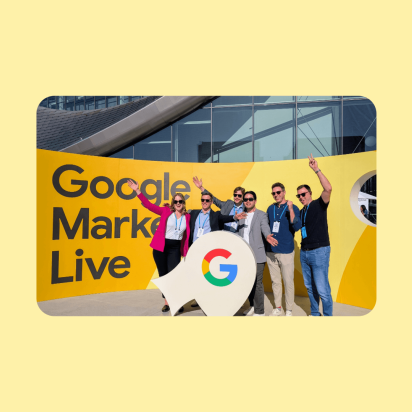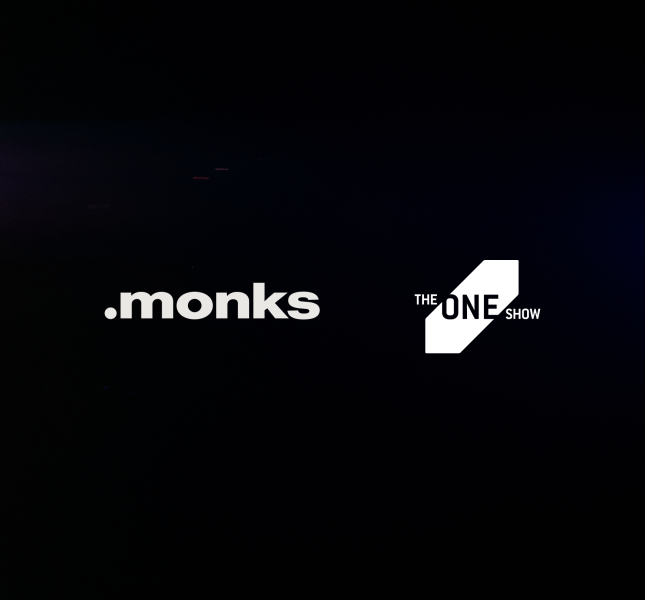Why Bother with a Cool Creative Campaign When Your Website Sucks?

Brands are treating their dot-coms as information dumps when they should be their digital heart.
While companies are investing big bucks in cool creative campaigns, they’re leaving users to flounder through uninviting, uninspiring and irrelevant corporate websites. It’s like creating the coolest invitation for the lamest house party. Today, consumers expect more.
We’ve all seen it. A well-targeted, interactive Facebook post leads you through to the brand website to show you the car/phone/suit that’s apparently just right for you, but when you get there, it’s a mess. You’re on the Australian landing page, and the product that led you there is obscured in a hidden section that takes five clicks to get through.
As an industry, we’re making great products and really interesting experiences, but this only covers part of a consumer’s journey. Through my time at MediaMonks I’ve observed that all too often there’s a growing disconnect between the creative campaign — the exciting, one-off experience that lures a user in — and the next step in their journey.
With today’s technologies and insights, there’s no reason dot-coms can’t be as effective as the social post/chatbot/film that sparked interest to begin with. However, to transform dot-coms into a flagship experience, a little work needs to be done.
1) Marketing & IT Need to Make Love, Not War
A brand’s website is the second most trusted advertising format after recommendations from family and friends. But despite their huge power, most dot-coms are managed by IT departments and detached from any brand marketing efforts or C-suite goals.
In larger and more traditional companies this division seems logical from an organisational perspective. Marketing focuses on time sensitive campaigns to position a brand in short-form and targeted content, while dot-coms contain a lot more functionality (for instance e-commerce and user profiles) and have to deal with IT-issues such as security, reliability and maintenance.
From the consumer’s perspective the result of this strategy is simply inconsistent; the enticing storyline that started in a brand’s campaign, through Facebook or YouTube, suddenly loses the plot at its digital heart.
To address this, marketing and IT departments need to work together towards the same objectives, within the same budget and preferably as one team. Building a bridge between these two worlds will lead to a more compelling coherent brand story across all channels, and could result in new exciting ideas emerging.
2) Best of Breed Design
Digital platforms have become the de facto interface between companies and their customers, so the design, user interface and content of brand dot-coms all play an important role in determining the relationship between companies and their customers.
Effective design is about finding a good mix of simplicity and relevance. A brand’s dot-com needs to be easy to understand and simple to navigate, while also providing a valuable experience. Through great typography, stunning visuals and graphics, visitors need to be inspired with a pleasant layouts that fits the brand and its message.
It’s not all about good design. Brands need to allow consumers to explore and engage with products up close by making them tangible. Providing users with the perception of being able to grasp something (known as haptic perception) increases their perceived sense of ownership of an object. Powerful brand dot-coms let visitors explore and engage with products up close.
There are still very few product sites that have made the most of haptic imagery, however strong examples do exist. Weber Genesis II offers an unprecedented level of product exploration by featuring point of view videos along with 3D animations to show and explain all of the grill’s design and technical features. And Malibu Boat’s new website takes the user on a customised tour of their favourite boat in real-time 3D, going as far as allowing users to select a time-of-day to literally see the boat in a different light.
3) Kill One Size Fits All
Part of the success of today’s creative campaigns is down to brands harnessing the potential of data — so why can’t we do this for dot-coms too?
Having a one-size-fits-all experience today is like having a shop that has everything you need, but nothing that you want. Don’t get me wrong, we don’t believe in cookies that follow you around the internet, but we do believe in ensuring the user’s experience is as relevant and engaging as possible.
The US Air Force website is a strong example of this. Through an algorithmically driven database of content, users are presented with content that has been analyzed and adjusted to best suit their interests and needs. This website redesign led to a 60% increased conversion rate of applications over the first two months and the fact this project won a Cannes Lion goes to show that even the government can boast a celebrated homepage if they put their mind and money to it.
Do Your Brand Justice — Fight the Corporate Website
E-commerce aggregator sites like Amazon, Booking.com or Zalandos growing in popularity makes it even more important for brands to make the platform they can control the most compelling end-to-end experience it can be. And while it’s valuable companies invest in crafting their brand story through social media and targeted advertising, failing to optimise a brand’s dot-com is an enormous business opportunity wasted.
There are endless examples of brands doing an amazing job with their digital campaigns such as REI’s Opt Outside, microsites like Canada Goose’s Out There, and apps such as If Insurance’s Slow Down — and we should be challenging ourselves to provide this same experience across dot-coms too.
Because if people can’t find what they’re looking for and leave your website within moments of arriving, why bother driving them there in the first place?
Related
Thinking
Sharpen your edge in a world that won't wait
Sign up to get email updates with actionable insights, cutting-edge research and proven strategies.
Monks needs the contact information you provide to us to contact you about our products and services. You may unsubscribe from these communications at any time. For information on how to unsubscribe, as well as our privacy practices and commitment to protecting your privacy, please review our Privacy Policy.



